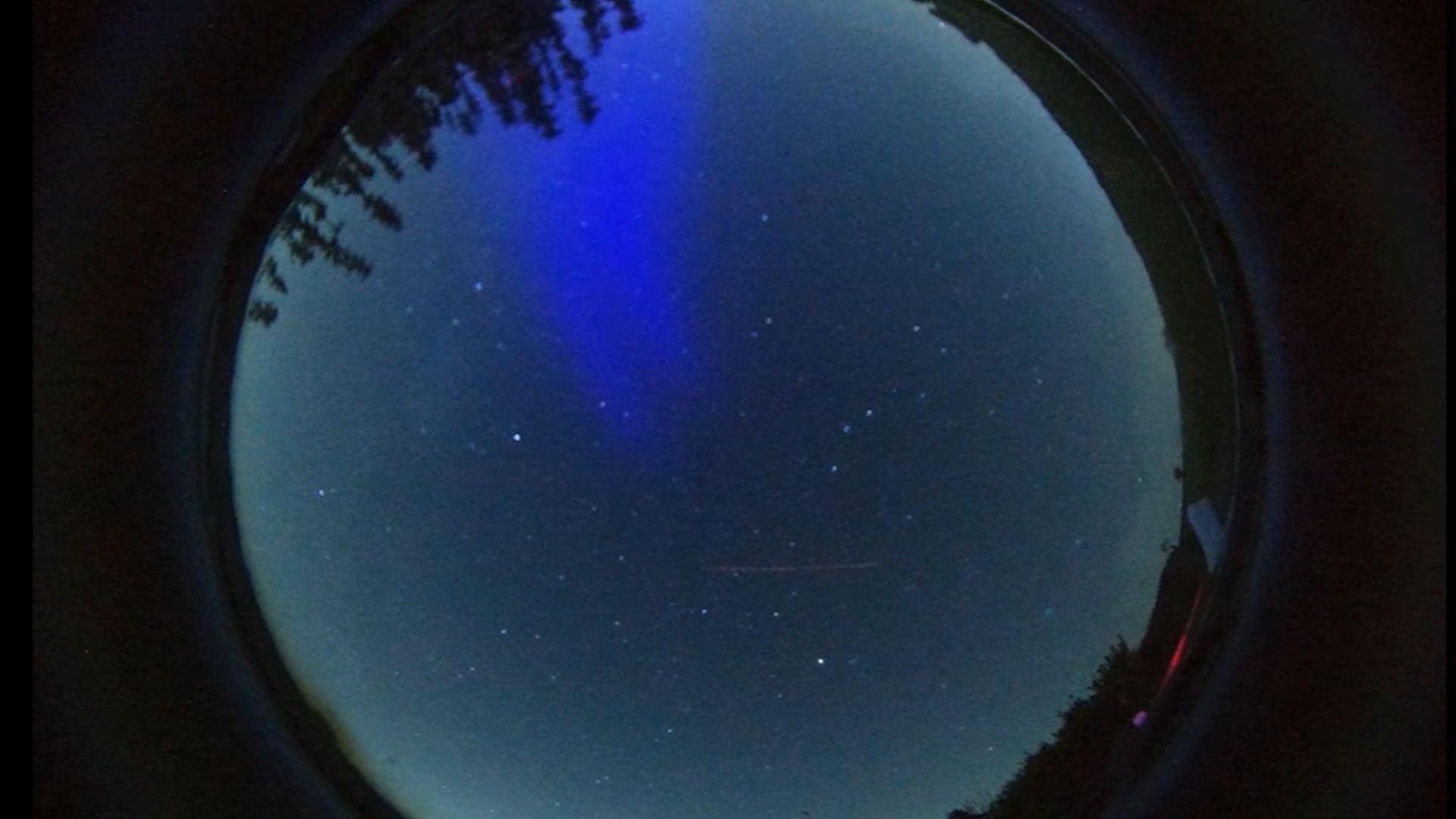
The amazing eye and insight of NASA space photographer Bill Ingalls
Ingalls has captured some of NASA's most historic moments over the last three decades.
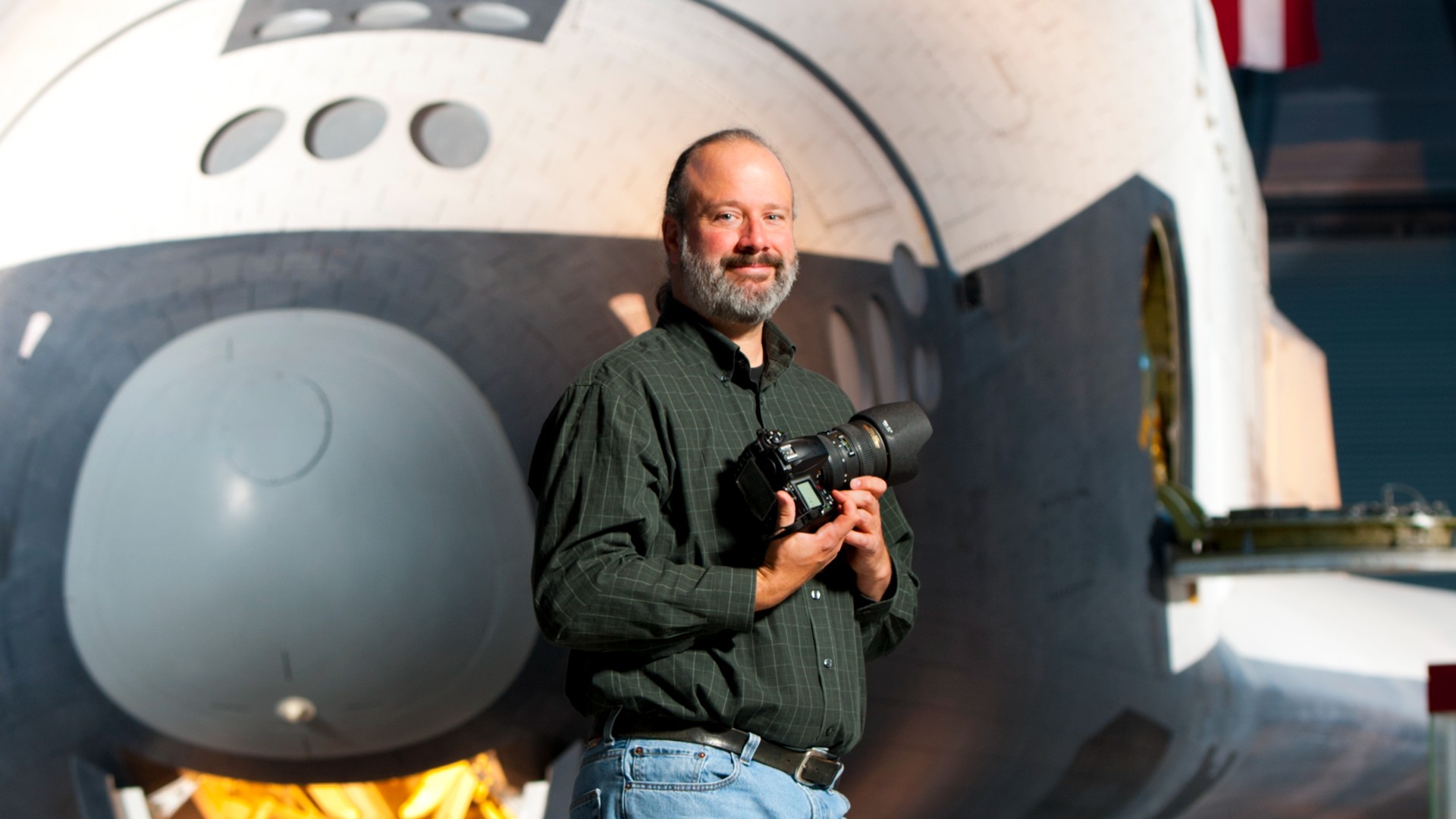
NASA cameraman Bill Ingalls is a sharpshooter for the space agency and has stories to tell.
Ingalls has been a professional photographer for three decades and has served as the Senior Contract Photographer for NASA Headquarters since 1989.
Ingalls' imagery has been broadcast on television and his pictures have adorned the pages of hundreds of magazines, newspapers and books throughout the world. He has captured historic moments including the first launch of a U.S. citizen on a Russian rocket, the burial at sea of Apollo 11 astronaut Neil Armstrong, as well as documenting the unsettling loss of space shuttle Columbia at NASA Headquarters.
Related: This NASA Camera Melted During a SpaceX Rocket Launch, But the Photos Survived!
Ingalls has traveled the world photographing missions for NASA. We have all been witness to his assignments and the resulting catalog of his impressive images, be they a launch departing Kennedy Space Center in Florida; the inside of an active volcano in Alaska; clicking away in the White House Oval Office to the brutally cold Kazakh steppes; and even crawling around on the floor in a Capitol Hill hearing room because, as he says, "I can’t get up anymore."
Let's get to know Bill Ingalls and focus in on the man with a camera and put a lens on his passion for photography.
Space.com: First of all, how did you move into your NASA job, now decades ago?
Get the Space.com Newsletter
Breaking space news, the latest updates on rocket launches, skywatching events and more!
Ingalls: Writing, producing, directing and editing in the TV world were my first loves while I was a student at Waynesburg University in Pennsylvania. While there, I parlayed that interest in the summer of 1987 to seek an unpaid internship at NASA Headquarters in Washington, D.C. It was no small task in that it was an internship you had to compete for … and I got it!
Space.com: What was it like walking into NASA for the first time?
Ingalls: What a different time that was. I wasn't doing big news events, mostly shooting historic captures. Back then it wasn't about a super-quick turning of things around. I could get my film developed the next day or day after, make a few selections, then make some prints and hand those out.
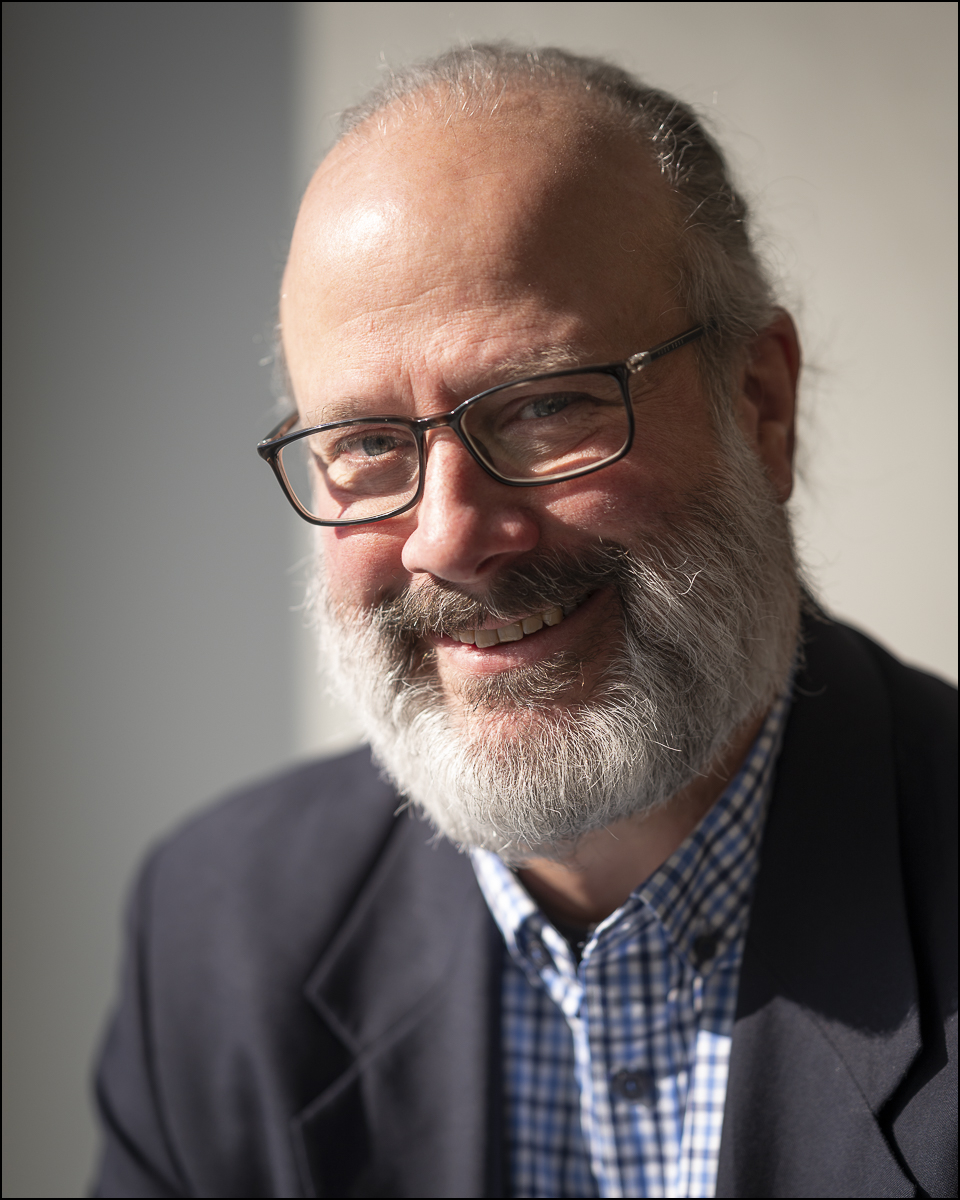
Space.com: Fast forward to now and what's happened over those years.
Ingalls: It is digital and I carry a satellite dish if I'm in the middle of a field in Kazakhstan waiting for a Russian Soyuz to land. I send out a dozen images over satellite from a helicopter. It is quick and people get to see, not in real-time, but in an orderly fashion, what event I'm covering. It's a huge contrast from the past!
Space.com: Over the years, how have you honed your photographic skills?
Ingalls: I can't always judge my growth versus just the change that's come about. I think both are there. I am constantly learning in this profession and I think that's one of the reasons I still love it so much. I don't feel like I've mastered it. I definitely have been at the right places and at the right time to capture history. And I thank NASA for that.
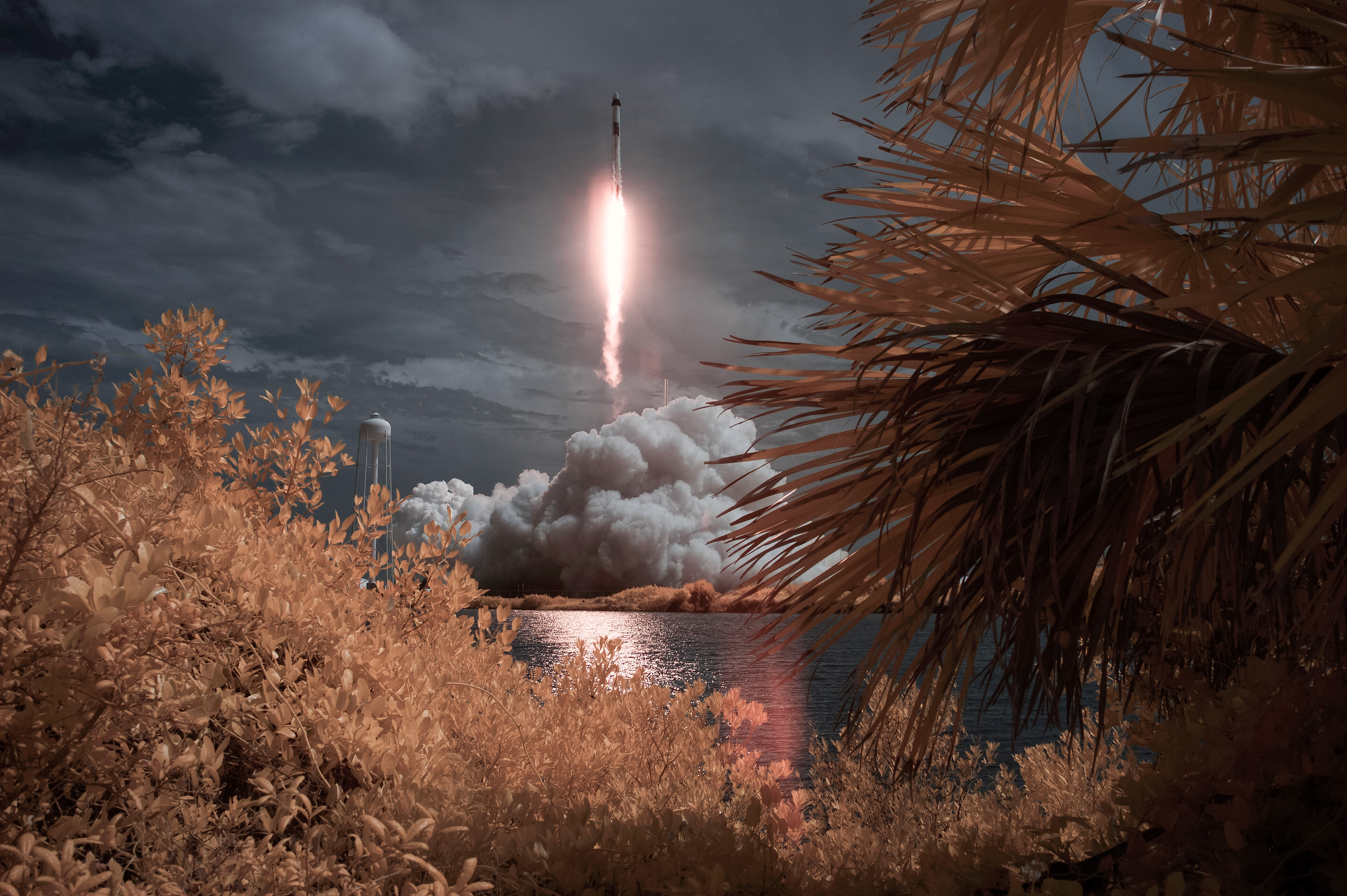
Space.com: Certainly, your photographs are truly recognized for their quality around the globe.
Ingalls: Honestly, I look back on things I shot 5 to 7 years ago and I roll my eyes. I can't believe I was paid to do that. I was a terrible photographer.
Space.com: Over the years, how's the growth of your photographic skills?
Ingalls: I've had a number of 'happy accidents' as I call them. Sometimes it wasn't my intention to make that particular image. I was experimenting to do something else, but low and behold, I figured out something that was new and different for me. Part of that growth is having a natural curiosity of photography. Also the technology has evolved and that keeps me engaged and interested.
Also, my colleagues inspire me every day. They bring fresh eyes to things they are documenting and offer a new perspective.
Thirdly, being in the Washington, D.C. area where the skill set amongst the photojournalism pool of people is so amazing.
Space.com: Any other highlights in your NASA photography career?
Ingalls: It was late June of 1989. One of my first assignments was on the south lawn of the White House for the Apollo 20th year anniversary. I'll never forget getting into a taxi cab outside of NASA Headquarters and saying "northwest gate, White House please." It was a real first experience for me … White House, astronauts, south lawn!
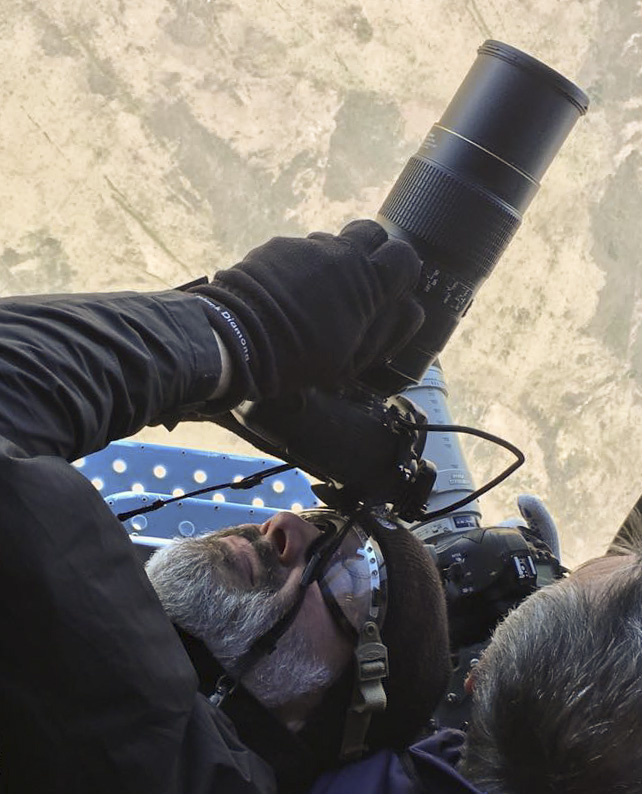
Space.com: Describe a past event that put you into a surprise moment.
Ingalls: I was home the morning of the loss of Columbia on February 1, 2003. I received a phone call and a request to get into headquarters immediately. "We've lost Columbia," the caller said. I was able to get from house to headquarters in ten minutes. I got there and went into the war room and started to hear what happened. Former astronaut, Fred Gregory, was there. NASA administrator Sean O'Keefe, and Bill Readdy, also a former astronaut, were in Florida awaiting Columbia's landing.
You had all sorts of players in the room from different agencies. I started making photos, but I became very uncomfortable documenting this, but I didn't stop. At one point I was alone with Fred Gregory. He had started to make calls to find someone to chair the accident investigation committee. I said to him, "I really hope you don't mind me being here."
Gregory stopped and he looked at me. "Bill," he said, "this is the most important photography you'll make. This needs to be remembered. I don't want anyone to ever forget this day."
He put me at ease and I still get goosebumps thinking about that. What a terrible, terrible situation we were in. It was absolutely horrific. Everyone was so sad and so concerned about the astronauts and their families. Gregory telling me that this is something that needs to be covered. That will stick with me forever.
Space.com: With the proliferation of cameras via cell phones and other devices, as well as new cameras available, any tips for being a good photographer?
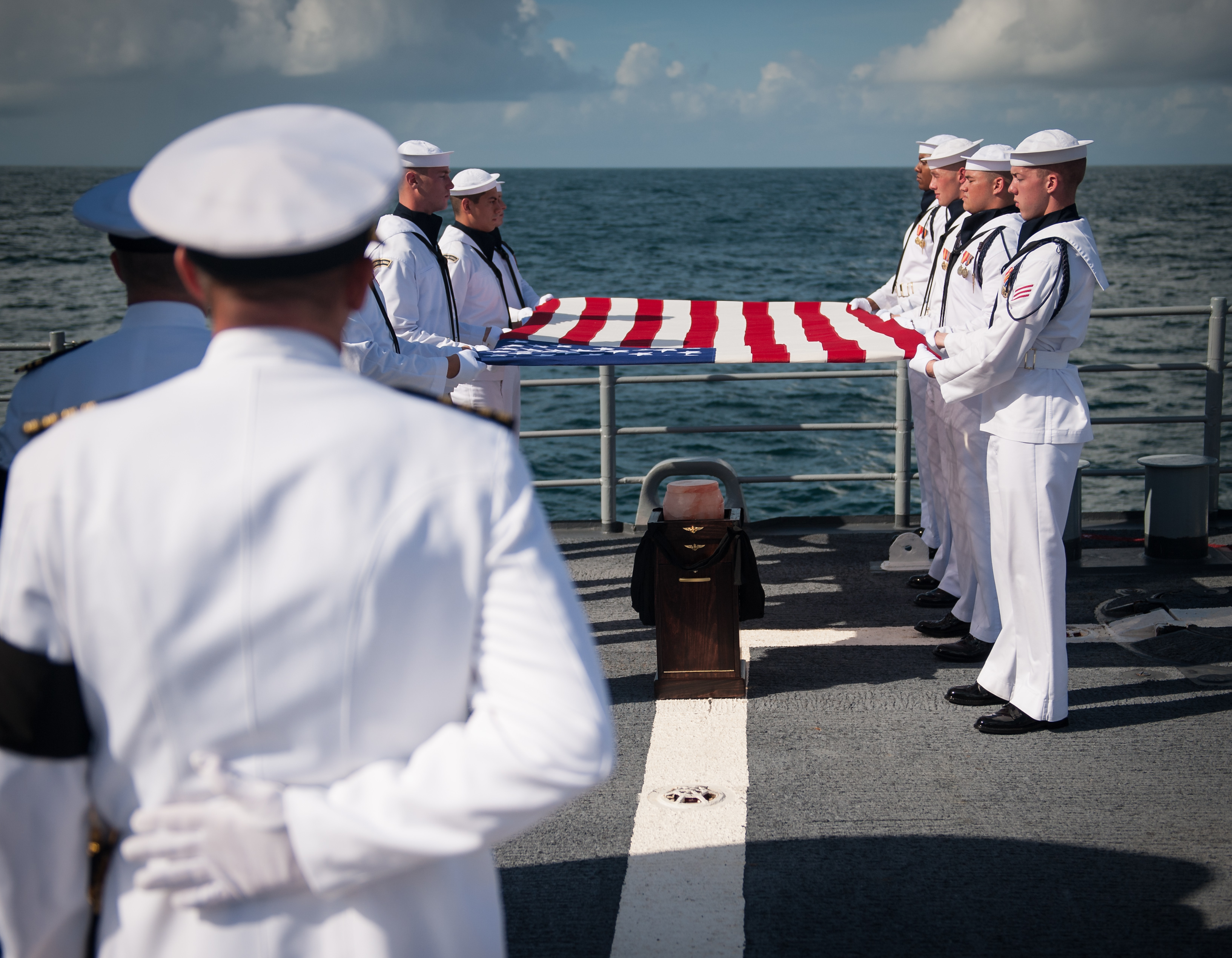
Ingalls: I would say, equipment-wise, having good equipment is obvious. But knowing what to do with that equipment is important. One of the skills that a photojournalist would tell you is to try and master that equipment where you don't think about the equipment anymore. You can now, pardon the pun, focus on what's in front of you and concentrate on that. Shape the image. Is it minimum depth of field or great depth of field? Do I need a slow or fast shutter speed? Do I want it to be warm-toned or cool-toned?
Also, as I was advised by a National Geographic photo editor years ago, photograph what you know, what you love, and what you're passionate about.
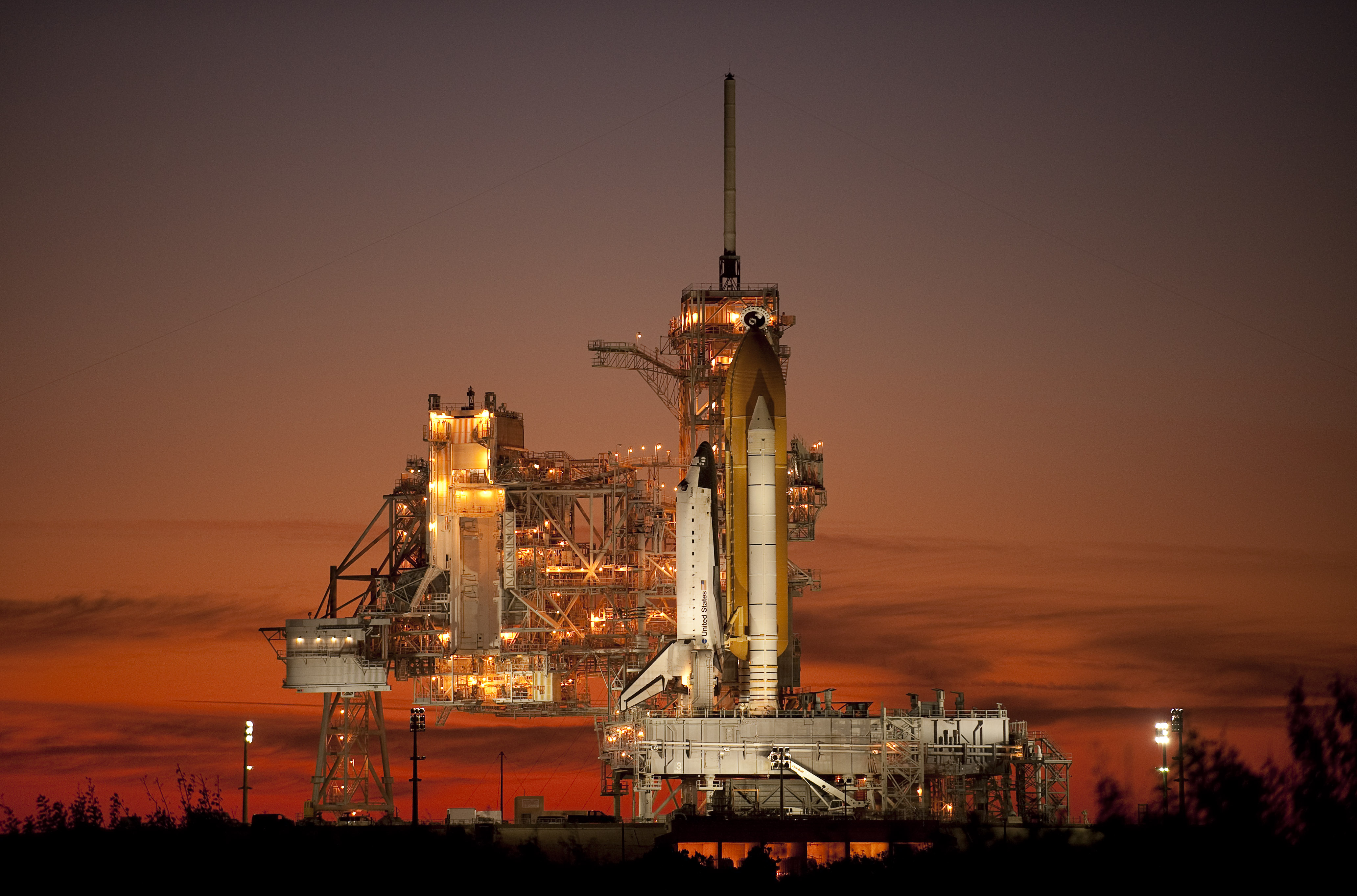
Space.com: Have you ever had a technical glitch in covering an event, something that could have been avoided?
Ingalls: I've had technical issues that I've learned from. Often covering launches, the days and the hours get extremely long, like setting up remote cameras, covering events leading up to the event, writing pre-captions of the photos to use. Very quickly it can turn into 20-hour days and then you can make stupid mistakes. I literally made a laminated, credit card-sized list for a remote camera set up. Step one: turn the camera on.
At a launch from Vandenberg Air Force Base, sometimes that fog rolls in so quick and easy. There were times where I didn't put heaters on my lenses to keep the moisture off of them. After setting up remote cameras everywhere, I think I had one camera that got the launch shot. We got the picture, but I learned quickly that it was time to put some heaters on the cameras. If there's a place where remote cameras matter, that is definitely there!
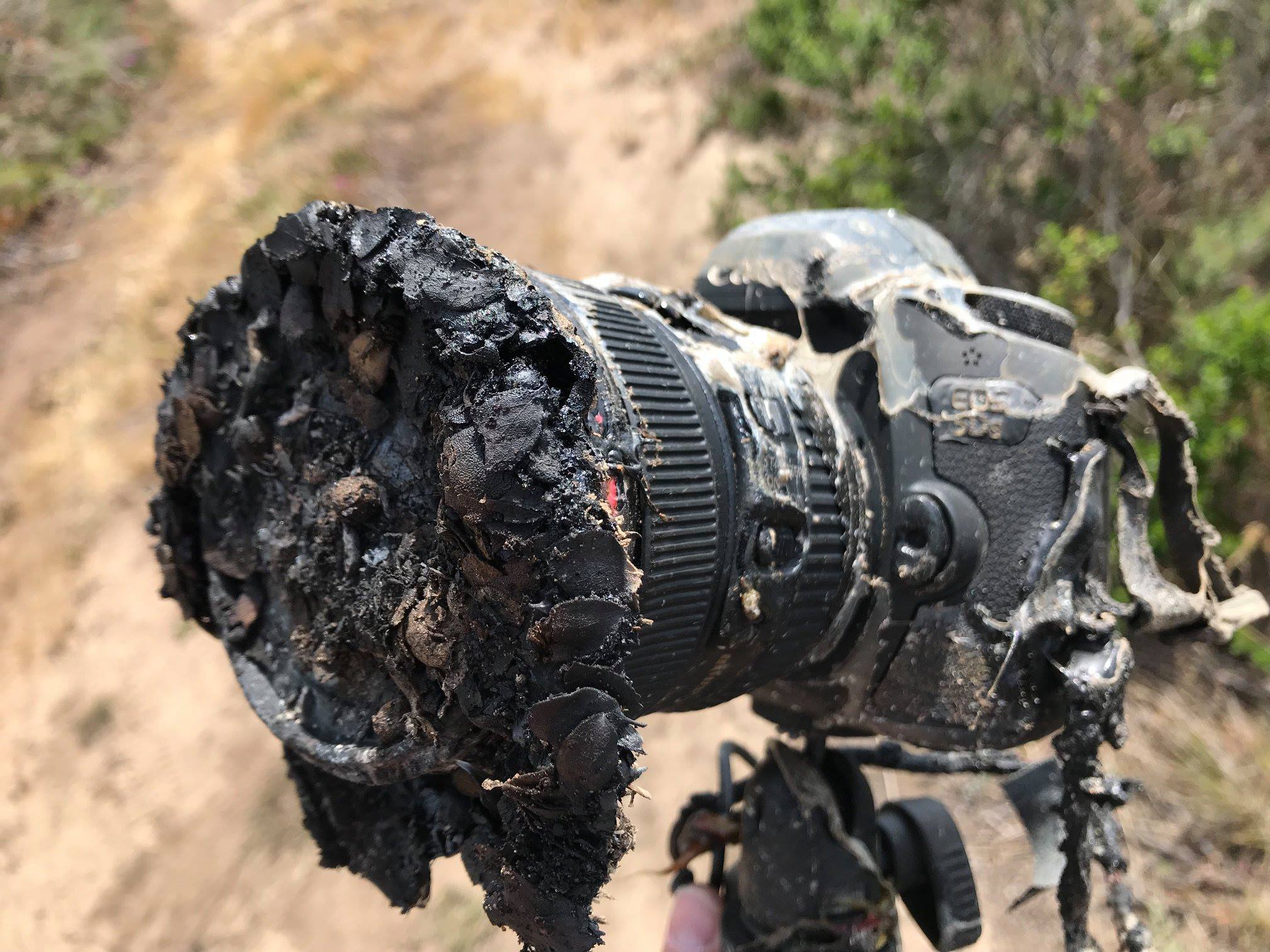
Space.com: What about that widely-reported camera "melt down" at Vandenberg Air Force Base?
Ingalls: It wasn't a big deal, but it turned into a big deal and was overblown. That camera was one of the furthest from the launch pad with some media saying that the rocket set it on fire. It was a brush fire that was set off which led to the demise of that camera. We call that one "toastycam" and it's still sitting on my desk. But, hey, one camera lost in 33 years, that's not bad.
Follow us on Twitter @Spacedotcom or on Facebook.
Join our Space Forums to keep talking space on the latest missions, night sky and more! And if you have a news tip, correction or comment, let us know at: community@space.com.

Leonard David is an award-winning space journalist who has been reporting on space activities for more than 50 years. Currently writing as Space.com's Space Insider Columnist among his other projects, Leonard has authored numerous books on space exploration, Mars missions and more, with his latest being "Moon Rush: The New Space Race" published in 2019 by National Geographic. He also wrote "Mars: Our Future on the Red Planet" released in 2016 by National Geographic. Leonard has served as a correspondent for SpaceNews, Scientific American and Aerospace America for the AIAA. He has received many awards, including the first Ordway Award for Sustained Excellence in Spaceflight History in 2015 at the AAS Wernher von Braun Memorial Symposium. You can find out Leonard's latest project at his website and on Twitter.
